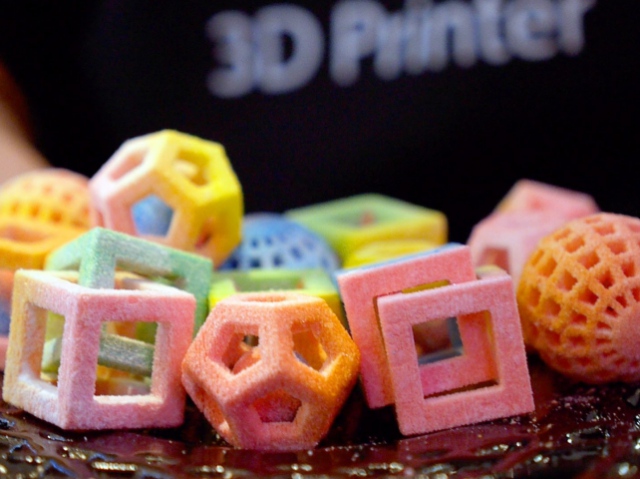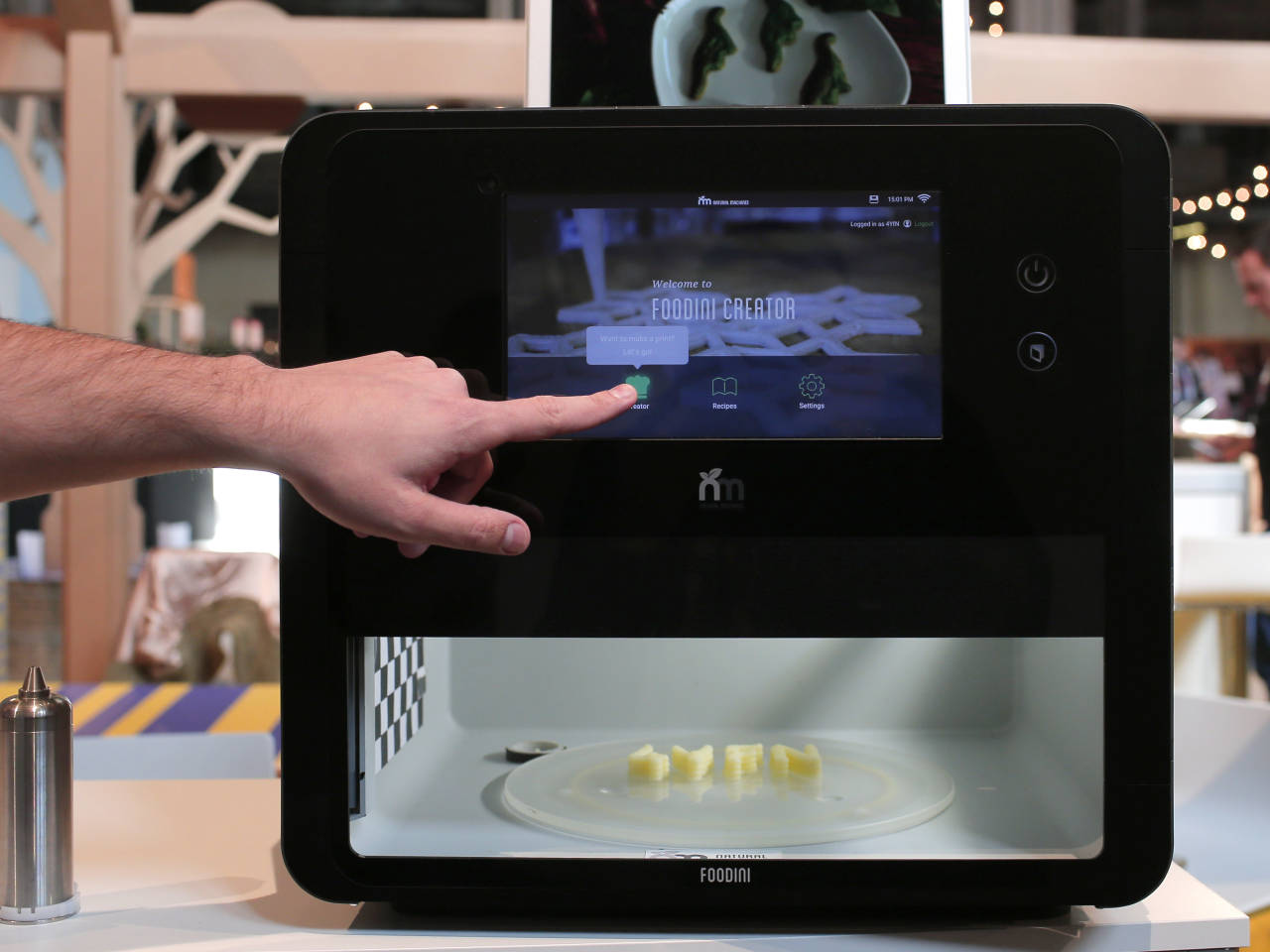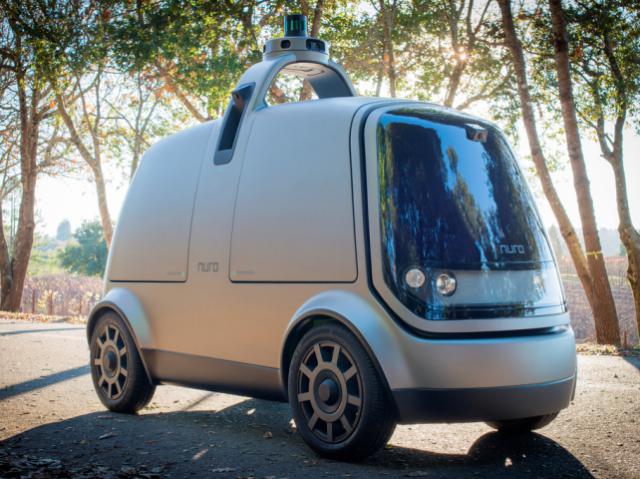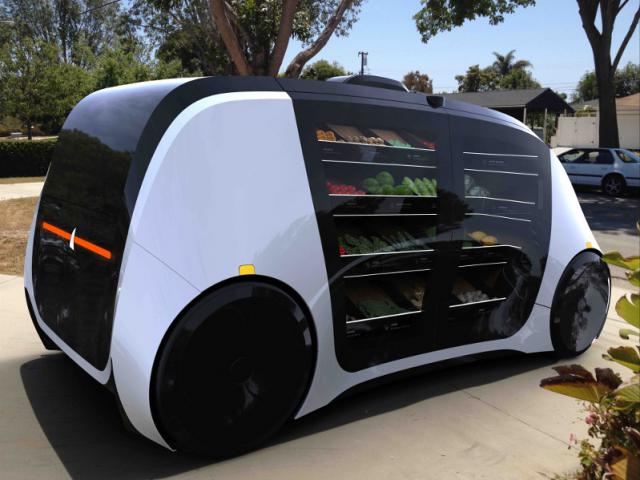How 3D printing can solve the problem of famine
30 November 16How 3D printing can solve the problem of famine

Innovative technologies are frequently used for solving global problems. In particular, drones quickly deliver medicine into remote mountainous regions; robotic equipment is used during search and rescue operations, 3D printers are planned to be applied to solve the problem of famine and low-quality food.
3D food printers solve the problem of low-quality nutrition
It seemed that people living in the south-east Asian regions starved no more. However, the quality of food in Laos, Indonesia, East Timor, Cambodia, on the Philippines and other similar states leaves much to be desired. So, such diseases as obesity, stroke, diabetes, heart attacks are widespread in the countries. 3D food printers will be able to provide inhabitants with high-quality low-calorie food containing necessary vitamins and microelements.
At first, 3D printers were used solely for making dish look exquisite. For example, in order to create refined chocolate desserts. Today their capabilities are more impressive: 3D printers can make delicious and healthy dishes from fresh and high-quality ingredients with a definite amount of calories, vitamins, etc.
Examples of modern 3D food printers

While talking about popular 3D food printers, one can’t help but remember of Foodini produced by Natural Machines. The 3D printer can cook sweet and regular dishes using pastelike blends from fresh products.
3D Everything by TNO Company is quite interesting as well – it prints pastry with dried fruit, vegetables, nuts and seaweeds with sprouted seeds and beneficial bacteria.
Cornucopia can create multicomponent food. Ingredients are mixed in the device with a mixer and squeezed out through extruders. While printing, food can be cooled or heated.
The same principle of preparing 3D printed food is used by Virtuoso Mixer. It can mix food blends, crush hard ingredients as well as cool or heat food while cooking.
There are also special 3D machines for printing pizza, pancakes, chocolate desserts, etc.
The future of 3D food printing
3D printers aren’t capable of printing food from basic elements. It would actually solve the problem of famine and low-quality food in many countries. 3D printers can print pizza or chocolate from ready-made ingredients but they can’t create them on their own. However, developers promise that in the near future such 3D devices will be presented.
For example, Modern Meadow Company prints meat using animal cells, minerals, amino acids, sugar, salt and a special gel which helps to join them together. 3D printed meat is not so tasty but it is a matter of time.
It is likely that in 10 years we will have a full-featured additive technology for creating various dishes with desirable tastes as well as needed amount of calories, vitamins and beneficial elements.
Subscribe
Latest News market innovation



